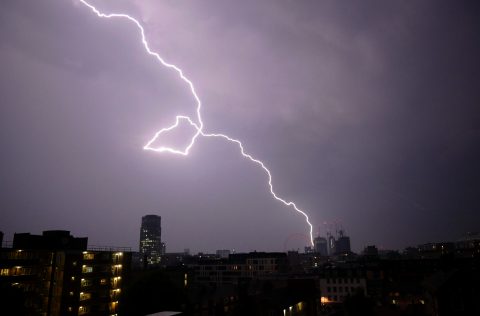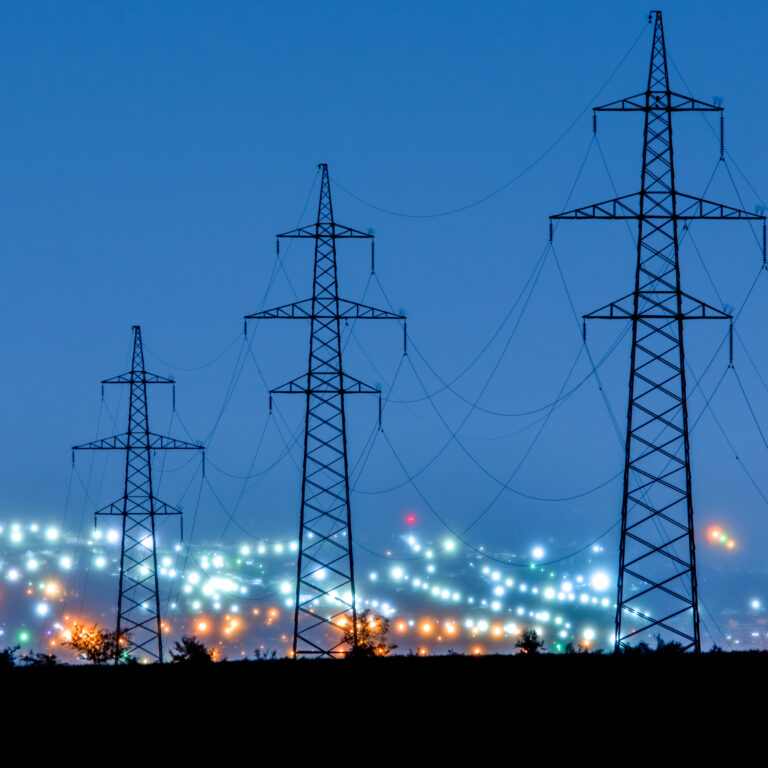Freshly baked bread, newly cut grass, sizzling bacon. Many of the world’s most evocative smells often need electricity to make them, but does electricity itself have a smell?
The short answer is no. An electric current itself doesn’t have an odour. But in instances when electricity becomes visible or audible it also creates a distinctive smell.

“The smell electricity emits is the contents of the gasses created when electricity conducts through air,” says Drax Lead Engineer Gary Preece. “In an instance of a failure on a switch board, for example, and there’s a flash of electricity, gasses are created from the charged air including ozone.”
It’s the same ozone gas that makes up the lower layer of the earth’s atmosphere and is often described as having a clean, chlorine-like, but burnt, smell. While it can sometimes be dangerous, ozone is also a very useful gas.
What is ozone?

Ozone’s scientific name is trioxide as it is made up of three oxygen molecules. While the normal oxygen we breathe is O2, ozone is O3 and is created by electricity in a similar way to how it forms naturally in the atmosphere.
There are large amounts of oxygen and nitrogen floating around in the atmosphere protecting life on earth from the sun’s intense UV radiation. These rays are so powerful they can ionise the oxygen, ripping it apart into two individual molecules. However, these lonely molecules are highly reactive and will sometimes collide and bond with nearby O2 to create ozone.

An electric current at a high voltage – given the right conditions – will conduct through the air, ionising oxygen in its wake and creating ozone, just as the sun’s UV rays do. When electricity behaves like this it’s known as a corona discharge, which makes a crackling sound and creates a visible plasma.
The most common time people may come into contact with a whiff of ozone is when a storm is approaching. Lighting is essentially a massive plasma that creates ozone as it conducts through the air, with the smell often arriving before the storm hits. It highlights quite how pungent ozone is considering humans can smell it in concentrations as low as 10 parts per billion in ordinary air.
The concerns and capabilities of ozone
While ozone protects the planet when it’s in the atmosphere, it can be dangerous at ground level where it can also form through naturally occurring gases reacting with air pollution sources. High exposure to ozone at ground level can lead to lung, throat and breathing problems. However, because it also has a damaging effect on bacteria, ozone can be very useful in the medical field, and electricity is being used to deliberately create it.
In fact, ozone has been experimented with in medicine for more than a century, with its ability to attack and kill bacteria making it useful as a disinfectant. During the First World War it was used to treat wounds and prevent them becoming inflamed and was also found to aid blood flow.
Electricity plays an important role in almost everything we interact with on a daily basis, affecting all our senses, even smell.



















